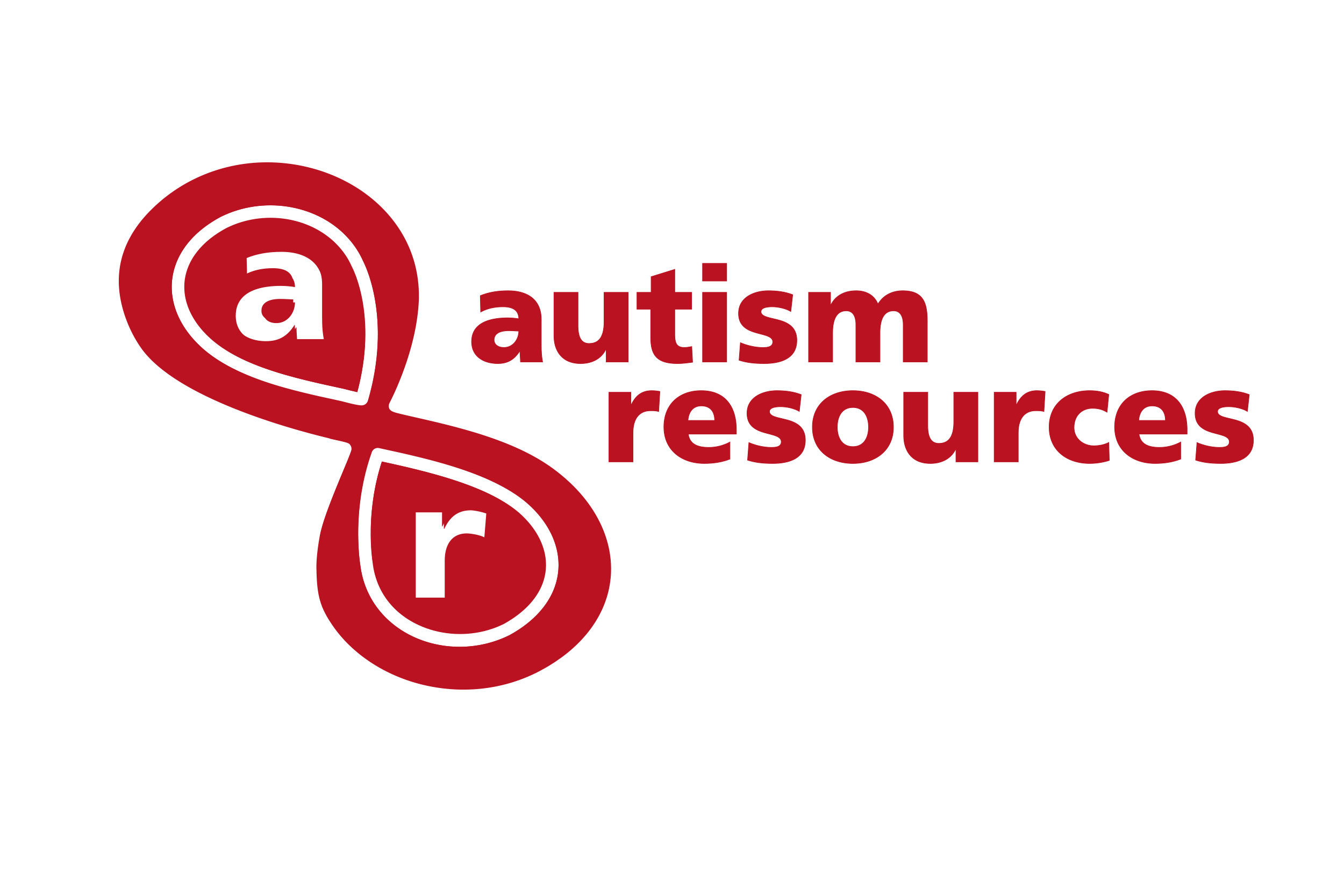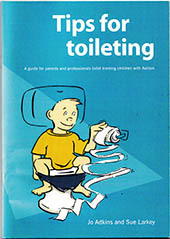Toilet training your child is a big task even for neuro-typical children. Parents often procrastinate over when to start and we keep delaying it for whatever reason we can think of! Toileting is not something that the child will grow into or get better with age. We all need to action ASAP – and this includes schools. If a child is attending pre-school or school when the parents are toilet training then we all need to get behind the toileting programme and provide consistency all day every day until the child has mastered it.
When to Start Toilet Training
Signs of readiness in children with autism are not evident like they are with neuro-typical children. The main sign of readiness is compliance, or the child’s ability to imitate. If you can get the child to do what you ask, and/or copy an action – then they are ready.
Summer holidays are the best time to start. Generally a good guide is the first summer after the child turns three. If you leave it later than this (i.e. four to five years) you face the possibility that the child may be less obliged to comply and they know how to push boundaries a little further. Plus habits around toileting will have begun to form as the child has got more aware of bladder and bowel control.
Realistically you need to allow up to three weeks of intensive toilet training. Most children will pick it up within a week, but a few can take up to three weeks. You won’t know where your child fits into this until you start. (Remember just one wee in the toilet is progress, look for small signs to start).
Think Toilet TIMING not Toilet TRAINING
Create good routines around toilet timing. Have set times when the child must go to the toilet. Examples include:
- When they get up in the morning.
- Before leaving the house at any time of the day.
- Before bed (as part of the bedtime routine).
- Any time they may not be able to access a toilet for an hour or more.
- Before going into any water (bath, swimming pool, etc).
- Before getting into the car.
- Before eating i.e. toilet, wash hands, etc.
10 Top Tips for Toileting
- Avoid potties! Start out with the end in mind. Children with autism have trouble generalising and the last thing you want is to have to carry their pottie around with you everywhere you go!
- Visuals are very important. Make up some visuals to help the child understand the toileting process and to provide a prompt.
- Prepare lots of FUN activities to do with the child. Making going to the toilet fun takes the pressure off and makes it a motivating place to go.
- Rewards are one of the most important elements of toilet training – children need a motivator as it is just too easy to continue to go in their nappy. Rewards need to be instant and powerful. Reward IMMEDIATELY and reward the same every time.
- Base yourself in or right next to the toilet for the first few days of toilet training. Have as many home comforts in the room for the child to make it a fun environment.
- Remove nappies. Once you start toilet training do not let the child put on any form of nappy until they go to bed at night. If you let them wear them during the day at all they will learn to hold on until they are in their nappy.
- Toilet time – put the child on the toilet every 30 minutes for 10 minutes at a time, increasing time as they get the hang of it. Use a Time Timer to help the child understand how long.
- Teach the child the whole steps of toileting – including putting on underpants, flushing the toilet and washing hands.
- Some children may have sensory sensitivities related to toileting. Sensory sensitivities need to be respected and worked on.
- Create good routines around toilet timing. Have set times when the child must go to the toilet.
The most effective tool in toilet timing is a Time Timer. The reason timers are so important is to create consistency for everyone. It is very easy to get busy or distracted and forget to take the child to the toilet. By using a timer both the adult and child are reminded of “toilet time”.
It is important you find a timer that the child likes the sound of and doesn’t cause a sensory issue. The Time Timers are a fantastic resource as they visually show how much time to go, are portable and make a nice “beep beep” sound which is not overwhelming on the child’s senses.
It is great to use the timer as part of the toilet routine. “Beep, toilet time” then do the routine “Finish toilet, time ON”. Many children love turning the timer around to set the time.
Time Timers are also wonderful to remind the child and the adult the time is up. They can eliminate anxiety for the child sitting on the toilet as they can visually see how long they have to go.
By Jo Adkins – Co Author of Tips for Toileting: A guide for parents and professionals toilet training children with Autism.
Topics covered within this book include: When to start toilet training, getting started, the use of rewards, techniques, dealing with accidents, sensory issues, bowel motions, generalising, night time training, frequently asked questions, pages of visuals all ready for you to cut out and use! And lots more! 60 pages of helpful hints and ideas.
Posted: Tuesday 16 November 2021

